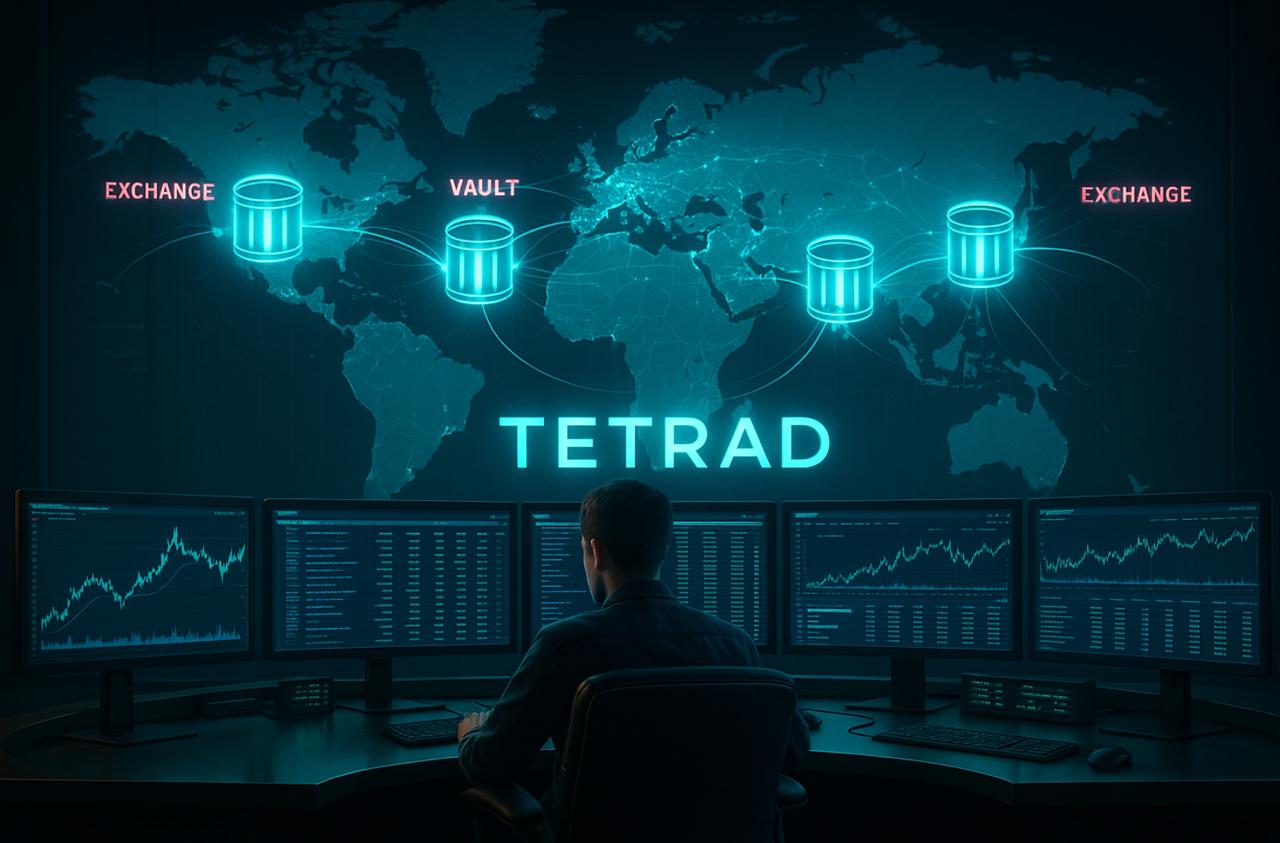
The buzz around Web3 is intensifying, but is it just hype or a tangible shift in the digital landscape? The internet, now a staple in daily life, has raised serious concerns about data privacy and big tech’s dominance. This unease sparked the birth of Web3, envisioned by Ethereum co-founder Gavin Wood in 2014 as a democratized online realm.
Web3 gained momentum in 2021, bolstered by blockchain technologies, NFTs, and venture capital influx. However, a stark gap persists between the concept’s hype and public understanding. A recent Consensys report revealed that only 8% of respondents fully grasp Web3, though its principles resonate with many. Privacy concerns and the right to digital ownership are at the forefront of this new internet iteration.
Emerging markets lead the adoption curve, with a Coinbase study showing that 45.8% of respondents from these areas have used Web3 services, compared to 22% in developed regions. The disparity stems from digital currencies’ versatility in less stable economic contexts. Yet, high awareness doesn’t always translate to adoption. Services like staking for returns, less known but third in adoption rate, illustrate this paradox.
Web3 services cluster into categories: payments, trading, and other services. Their interdependence is evident, with gaming and NFTs highly correlated, for instance. Around 40% of crypto users interact with multiple Web3 services, highlighting the ecosystem’s interconnected nature.
Factors like utility, ease of use, and compatibility are crucial for widespread adoption. Web3 must offer tangible benefits and integrate seamlessly with existing technologies. Reliability and affordability are equally important, alongside effective marketing and sensible regulation.
The future of Web3 appears promising, with NFTs finding novel applications and DeFi aiming to serve the unbanked. Gaming, DAOs, and blockchain incorporation are expected to revolutionize various sectors. Consumer behavior is shifting towards Web3 acceptance, with technologies like blockchain slowly integrating into everyday life.
Critics argue that Web3’s excitement is more technologically than user-driven. Yet, the rise of non-tech-savvy individuals in the industry suggests otherwise. Web3’s potential impact, from gaming and NFTs to finance and international payments, cannot be underestimated. As governments engage in regulation, Web3 and blockchain are poised to become integral components of our digital future.











